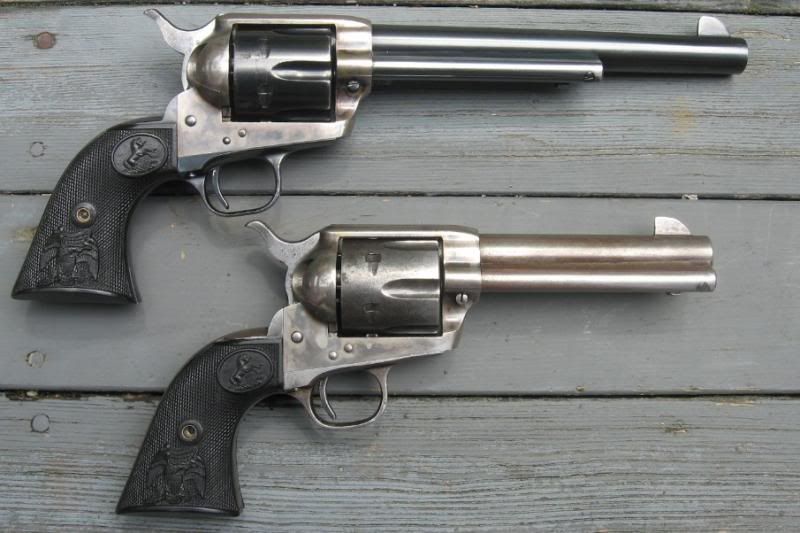Why do I see case hardened frames with BP, but not with modern firearms?
Is there something about the BP revolvers which keeps us from being able to blue the frame? I personally don't like the swirl/smudge look the case hardening leaves and would like to know if it can be changed.
Thanks
Is there something about the BP revolvers which keeps us from being able to blue the frame? I personally don't like the swirl/smudge look the case hardening leaves and would like to know if it can be changed.
Thanks

